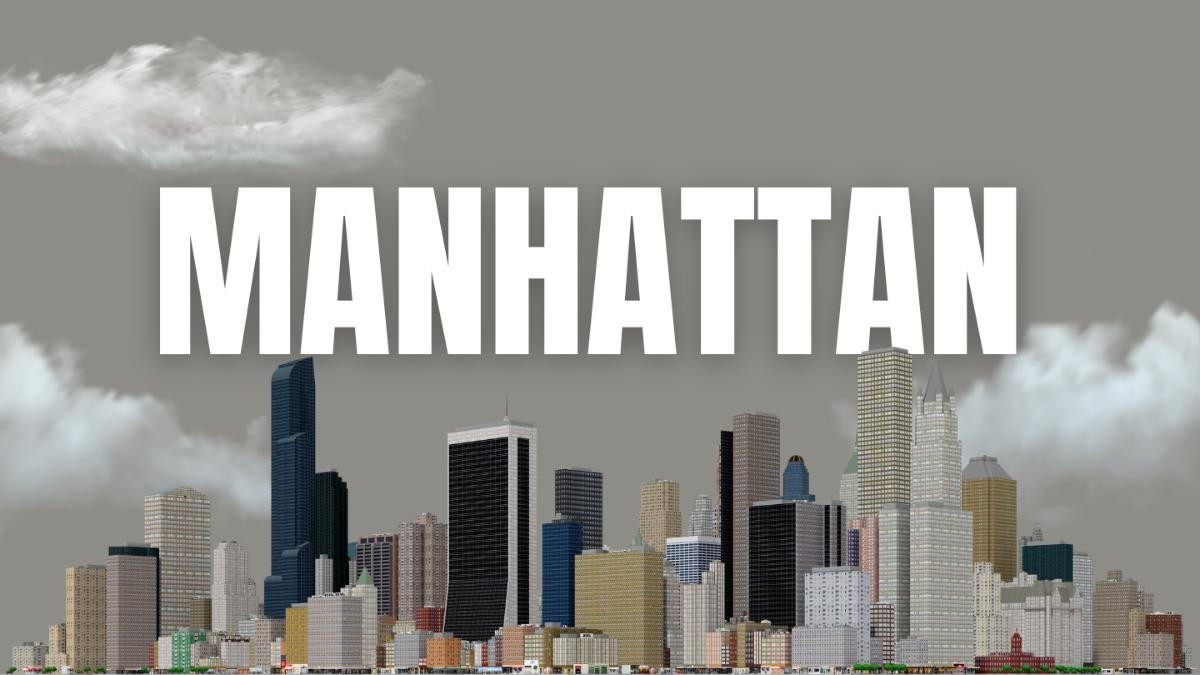
- posted: Nov. 13, 2023
The name of a place often tells the story of its origin, evolution, and the people who have influenced it over time. Manhattan, the bustling heart of New York City, is no exception. While today it stands as a symbol of modernity, commerce, and culture, its name has deep-rooted origins that traverse from the indigenous lands to a global metropolis. This article delves into the fascinating journey of how Manhattan got its name.
Native Beginnings: The Munsee Lenape People
Long before skyscrapers defined its skyline, the island of Manhattan was inhabited by the Munsee Lenape people. This indigenous tribe called the island "Mannahatta," which, according to some linguists, roughly translates to "island of many hills" or "place where we get bows." The term underscores the island's original topography and the significance it held for the native community.
The Lenape were hunters, fishers, and gatherers, and Manhattan's diverse ecosystems provided them with abundant resources. From the dense forests to the rich waters, everything was vital for their sustenance and survival. The island's name was a reflection of their interaction with nature and a testament to their symbiotic relationship with the land.
Dutch Colonization: New Amsterdam
As European explorers set their sights on the New World, the Dutch were among the first to arrive in the early 17th century. In 1624, they established a trading post on the island and named it New Amsterdam, making it the capital of their colony, New Netherland. The Dutch recognized the strategic advantage of the island's location, which facilitated trade and commerce.
However, linguistic evolution occurred. As the Dutch interacted with the Munsee Lenape, "Mannahatta" started becoming more colloquially known as "Manhattan." This phonetic evolution mirrored the gradual blending of cultures, although often fraught with tensions and conflicts.
The English Takeover and the Birth of New York
In 1664, the English captured New Amsterdam without a shot being fired. They promptly renamed it New York, in honor of the Duke of York, who would later become King James II. However, while the city's name changed, the name of the island remained as Manhattan, a lasting nod to its native origins.
Manhattan's Ascendance to a Global Metropolis
The subsequent centuries saw Manhattan undergo a transformative journey. The American Revolution, the construction of significant landmarks like Central Park, and the completion of iconic structures such as the Brooklyn Bridge and Empire State Building, each marked pivotal chapters in its story.
The 20th century heralded a new era as Manhattan became synonymous with ambition, dreams, and an ever-evolving urban landscape. The name 'Manhattan' was no longer just a geographical term; it represented innovation, art, finance, and a melting pot of cultures.
The theater district of Broadway, the financial powerhouse of Wall Street, the lush expanse of Central Park, and the emblematic Statue of Liberty - each facet of Manhattan told a different tale. The island became a beacon for dreamers, entrepreneurs, artists, and immigrants from across the globe.
In Conclusion
The name Manhattan has come a long way from its indigenous roots. It has witnessed epochs of change, from the tranquil days of the Munsee Lenape to the bustling avenues of a modern global metropolis. The evolution of its name offers a glimpse into the island's multifaceted history, reflecting the myriad influences and events that have shaped it.
Today, when one hears the word 'Manhattan', it evokes images of towering skyscrapers, yellow taxis, lively streets, and an energy that's palpable. But it's essential to remember and respect its beginnings. During the urban sprawl, the heart of Manhattan still beats with the echoes of "Mannahatta," reminding us of the island's rich heritage and the legacy of the Munsee Lenape people.
In the end, names are not just labels; they're stories, waiting to be told and retold, echoing the past and resonating with the present. Manhattan's name is a testament to that enduring legacy.


